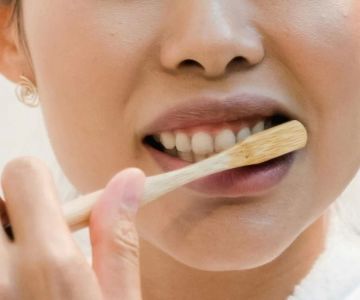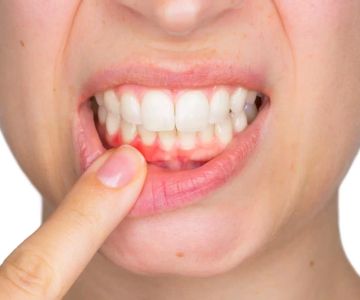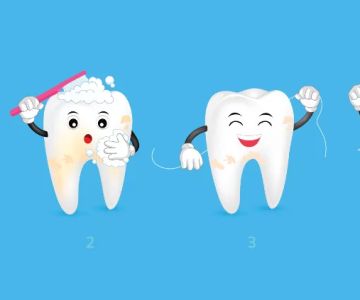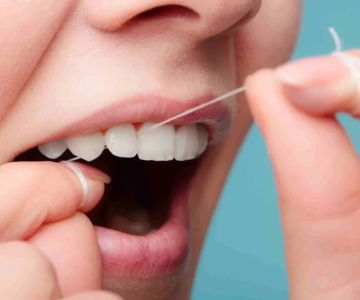Introduction: Understanding the Importance of Toothbrush Replacement
In the pursuit of excellent oral health, many factors are considered, such as the use of fluoride toothpaste, regular flossing, and visits to the dentist. However, one crucial practice often overlooked is the frequency with which we change our toothbrushes.
Your Dentistry Toothtruth is more affected by your toothbrush than you might think. Over time, toothbrush bristles become less effective at cleaning teeth, making regular replacement a cornerstone of optimal oral care.
As we delve into the topic of how often you should change your toothbrush, it’s essential to understand the underlying reasons and benefits of doing so.
Bristle Wear and Effectiveness
The first and foremost reason to change your toothbrush regularly is the wear and tear of the bristles. Over time, toothbrush bristles become frayed and less effective at removing plaque and debris.
According to a study conducted by the American Dental Association, worn-out bristles are significantly less effective at reaching between teeth and along the gum line.
Preventing Bacterial Build-Up
Your toothbrush is exposed to a variety of bacteria every day. As time goes by, it can become a breeding ground for harmful microorganisms. Changing your toothbrush on a regular schedule helps minimize your exposure to these bacteria.
Various studies have shown that old toothbrushes can harbor bacteria such as E. coli and Staphylococcus aureus, which can lead to oral infections and other health issues.
Recommended Frequency of Toothbrush Replacement
The general recommendation from dentists is to change your toothbrush every three to four months. This timeframe is based on the typical wear pattern of bristles and the potential for bacterial build-up.
If the bristles become frayed or matted before the three-month mark, it may be necessary to replace your toothbrush sooner.
Children’s Toothbrush Maintenance
Children's toothbrushes often require more frequent replacement. Kids tend to chew on their toothbrushes, rendering them ineffective more quickly than adult toothbrushes.
For children, it may be necessary to change their toothbrushes every two to three months to ensure proper dental hygiene.
Signs It’s Time to Change Your Toothbrush
Recognizing the signs that it’s time to change your toothbrush can help maintain your oral health. Look for frayed bristles, changes in color, and a persistent unpleasant odor, all of which indicate that it's time for a new brush.
By identifying these signs early, you can ensure your oral care routine remains effective.
Conclusion: Making Toothbrush Replacement a Regular Habit
To maintain optimal oral health, it's crucial to make toothbrush replacement a regular part of your routine. Changing your toothbrush every three to four months, or sooner if needed, helps ensure that your teeth and gums are getting the best possible care.
Not only does this practice help prevent bacterial build-up, but it also ensures that your toothbrush continues to clean effectively. As highlighted throughout this article, this simple action plays a vital role in maintaining overall Dentistry Toothtruth.
To further enhance your oral hygiene, combine regular toothbrush replacement with other healthy oral habits, such as daily flossing, using mouthwash, and scheduling regular dental check-ups.
Make a habit of checking your toothbrush regularly and set reminders to replace it on schedule. Your commitment will contribute to lifelong dental health and a bright, confident smile.







 Westgate Dental Arts3.0 (2 review)
Westgate Dental Arts3.0 (2 review) Coventry Family Dental4.0 (247 review)
Coventry Family Dental4.0 (247 review) Familia Dental3.0 (1028 review)
Familia Dental3.0 (1028 review) Dr. Daniel S. Fife, DDS4.0 (31 review)
Dr. Daniel S. Fife, DDS4.0 (31 review) Dentistry At Suburban Square: Michael I. Wollock, DMD4.0 (1228 review)
Dentistry At Suburban Square: Michael I. Wollock, DMD4.0 (1228 review) Comfort Care Dental4.0 (1156 review)
Comfort Care Dental4.0 (1156 review) The Importance of Oral Health Education During Pregnancy for a Healthy Pregnancy
The Importance of Oral Health Education During Pregnancy for a Healthy Pregnancy Why Skipping Dental Checkups Can Lead to Bigger Oral Health Problems
Why Skipping Dental Checkups Can Lead to Bigger Oral Health Problems Best Tips for Brushing Your Teeth Properly for Healthy Gums: Essential Techniques for Oral Health
Best Tips for Brushing Your Teeth Properly for Healthy Gums: Essential Techniques for Oral Health Advantages of Porcelain Dental Restorations
Advantages of Porcelain Dental Restorations How Can Diabetes Cause Tooth and Gum Problems? Preventing and Managing Oral Health Issues
How Can Diabetes Cause Tooth and Gum Problems? Preventing and Managing Oral Health Issues Healthy Habits for Promoting Good Oral Health and Hygiene: Tips for a Healthy Smile
Healthy Habits for Promoting Good Oral Health and Hygiene: Tips for a Healthy Smile